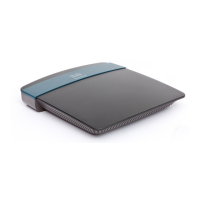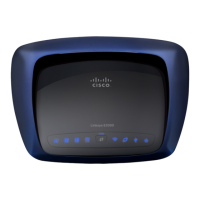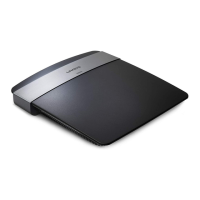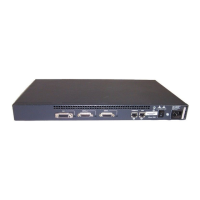Preparing for Installation 2-15
Network Connection Considerations
Serial Connections
When setting up your router, consider distance limitations and potential electromagnetic
interference (EMI) as defined in the Electronic Industries Association’s (EIA) and
Telecommunications Industry Association (TIA) standards, such as EIA/TIA-232.
Serial Line Distance Limitations
Serial signals can travel a limited distance at any given bit rate; generally, the slower the baud rate,
the greater the distance. All serial signals are subject to distance limits, beyond which a signal
degrades significantly or is completely lost. Table 2-4 lists the IEEE-recommended maximum
speeds and distances for each serial interface type; however, you may get good results at speeds and
distances greater than those listed. For instance, the recommended maximum rate for V.35 is
2 Mbps, but 4 Mbps is commonly used. If you understand the electrical problems that might arise
and can compensate for them, you can get good results with rates and distances greater than those
shown. However, do so at your own risk.
Table 2-4 IEEE Standard Transmission Speeds and Distances
Balanced drivers allow EIA/TIA-449 signals to travel greater distances than EIA/TIA-232. The
recommended distance limits for EIA/TIA-449 shown in Table 2-4 are also valid for V.35, X.21, and
EIA-530. However, you can get good results at distances and rates greater than those shown in
Table 2-4. Typically, EIA/TIA-449 and EIA-530 support 2-Mbps rates, and V.35 can support
4-Mbps rates.
EIA/TIA-232 Connections
EIA/TIA-232, the most common interface standard in the United States, supports unbalanced
circuits at signal speeds up to 64 Kbps. The network end of the adapter cable is a standard 25-pin
D-shell connector known as a DB-25. (See Figure 2-13.) The router Console and Auxiliary ports
also use EIA/TIA-232 connections; however, the serial module ports support synchronous
connections, and the console and auxiliary ports support asynchronous connections.
EIA/TIA-232
Distance
EIA/TIA-449, X.21, V.35,
EIA-530 Distance
Rate (bps) Feet Meters Feet Meters
2400 200 60 4100 1250
4800 100 30 2050 625
9600 50 15 1025 312
19200 25 7.6 513 156
38400 12 3.7 256 78
56000 8.6 2.6 102 31
1544000 (T1) N/A N/A 50 15
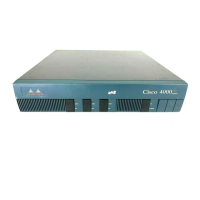
